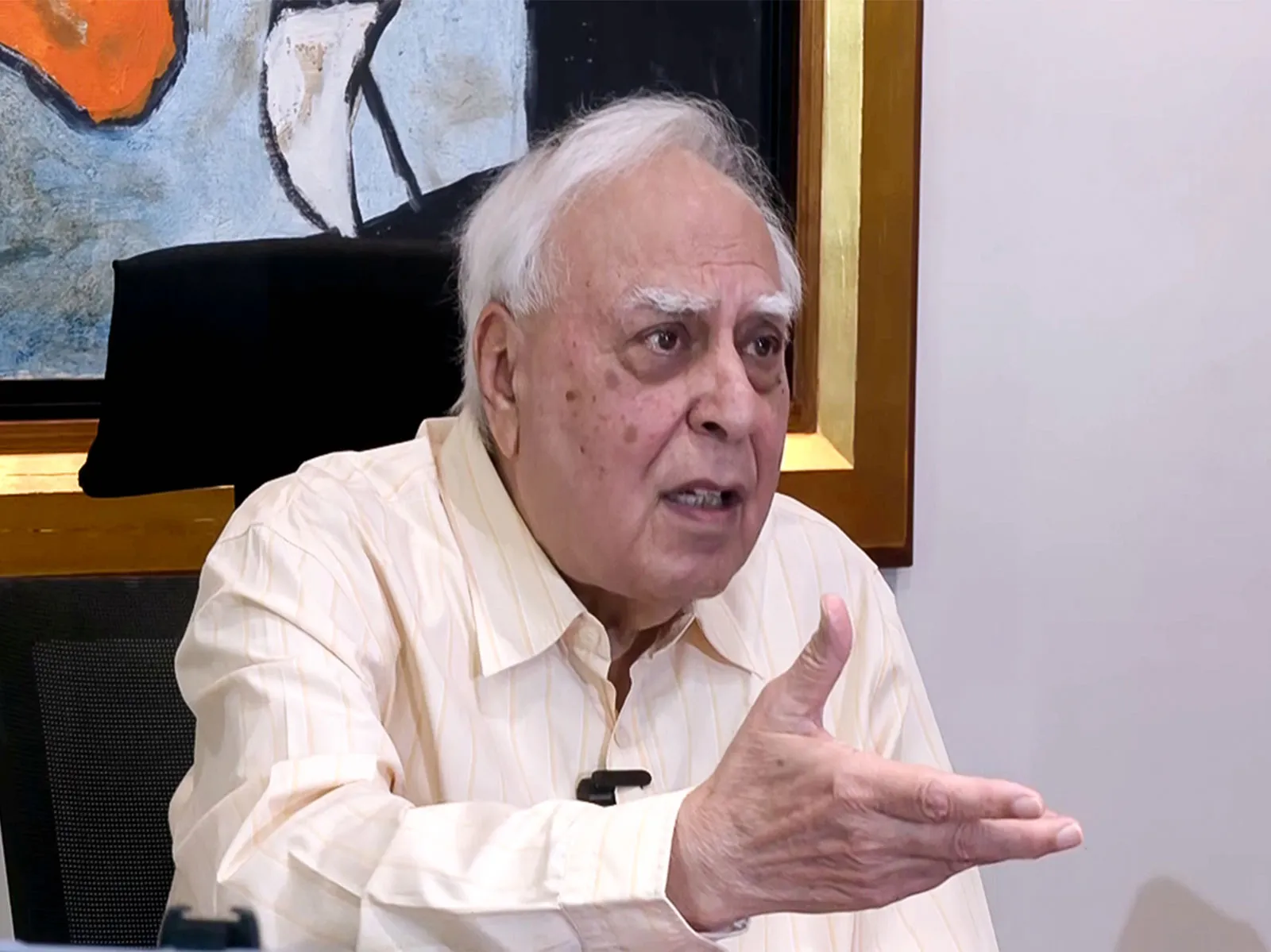

New Delhi, Dec 29: Senior advocate and Rajya Sabha MP Kapil Sibal on Monday questioned the circumstances surrounding the deaths of Booth Level Officers (BLOs) involved in the ongoing Special Intensive Revision (SIR) of electoral rolls, alleging that excessive work pressure was being overlooked while political narratives dominated public discourse.
Taking aim at the government, Sibal expressed concern over what he described as a lack of adequate attention to the welfare of BLOs engaged in the exercise. He contrasted the strong reactions to claims of illegal infiltration with what he termed muted responses to the reported deaths of election-related officials.
His remarks followed the discovery of a BLO’s body in West Bengal’s Bankura district, an incident that has reignited debate over the workload and stress faced by officials during the SIR process.
"Yet another suicide by a Bengal BLO. Total pan-India: 33. If one alleged 'ghuspetia (infiltrator)', that's not OK, if 33 BLOs die, is that Ok?" Sibal said in a post on X.
The deceased was identified as Haradhan Mandal, a schoolteacher who was serving as the BLO for Booth No. 206 in the Rajakata area of Ranibandh block.
Police officials said the body was found on the premises of a school on Sunday morning. A note bearing the deceased’s signature was recovered, in which he reportedly cited difficulty coping with work-related pressure linked to his responsibilities as a BLO.
Booth Level Officers play a key role in the Special Intensive Revision exercise, which involves verification and updating of electoral rolls. The recent incident has once again drawn attention to concerns about workload, stress, and support mechanisms for officials tasked with implementing large-scale administrative processes.